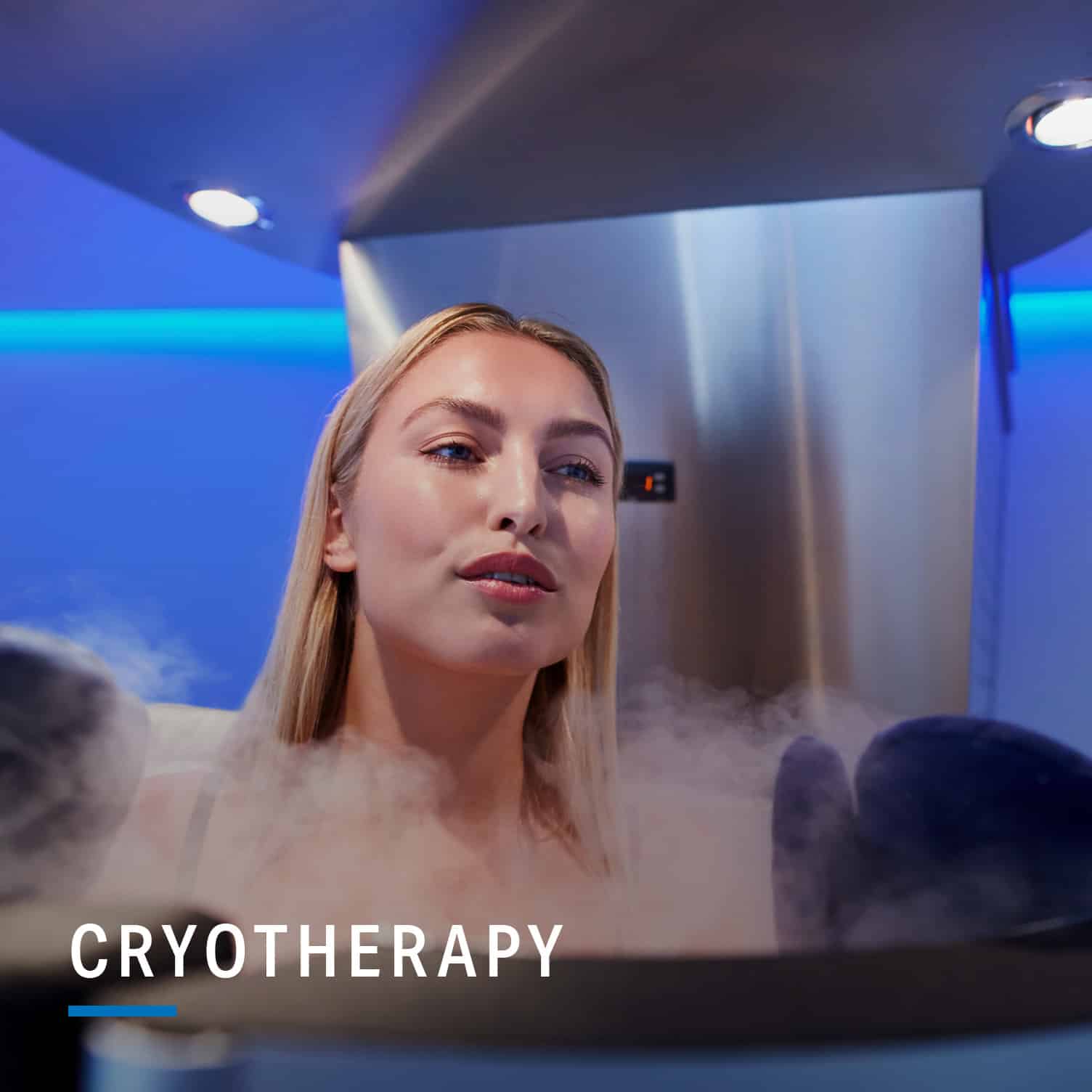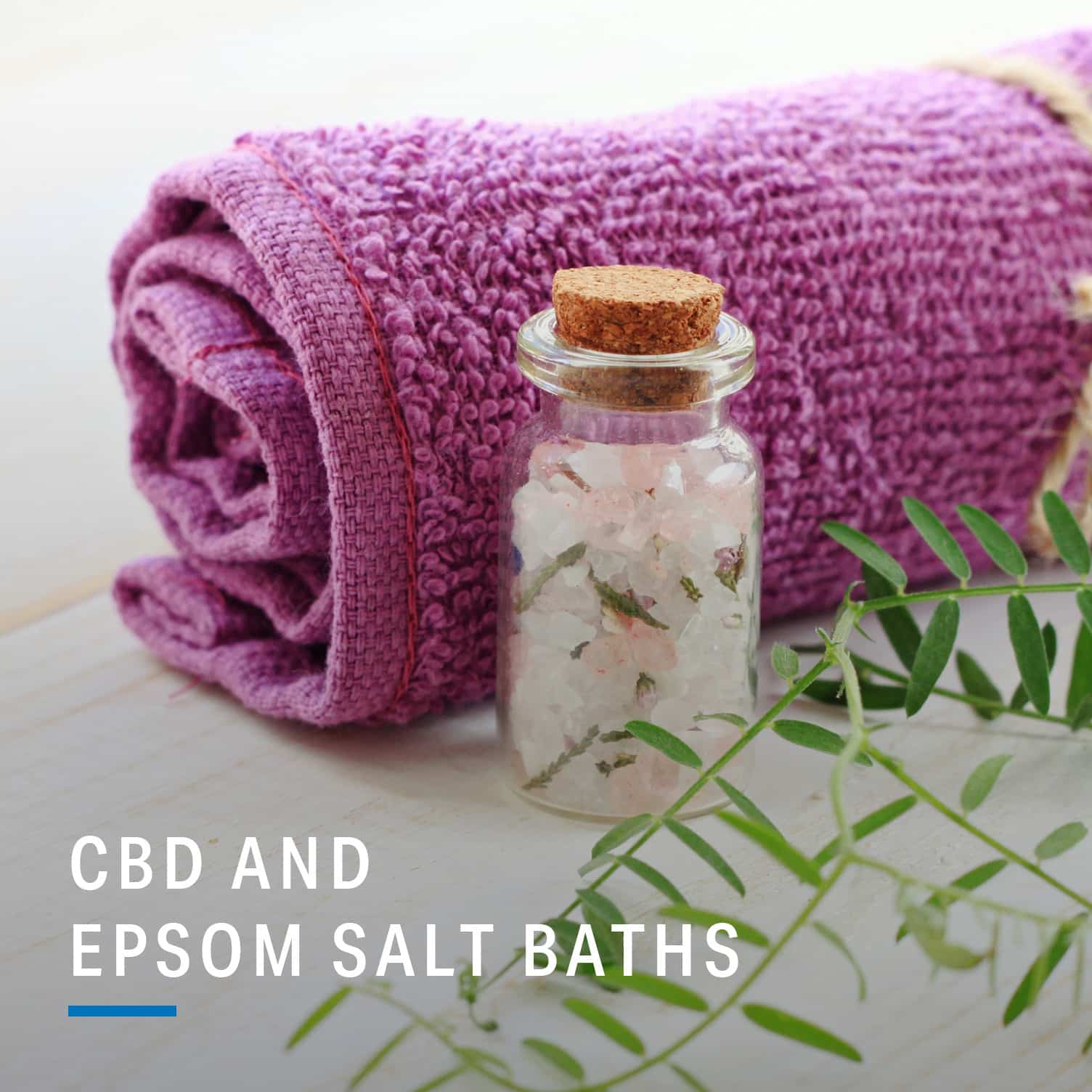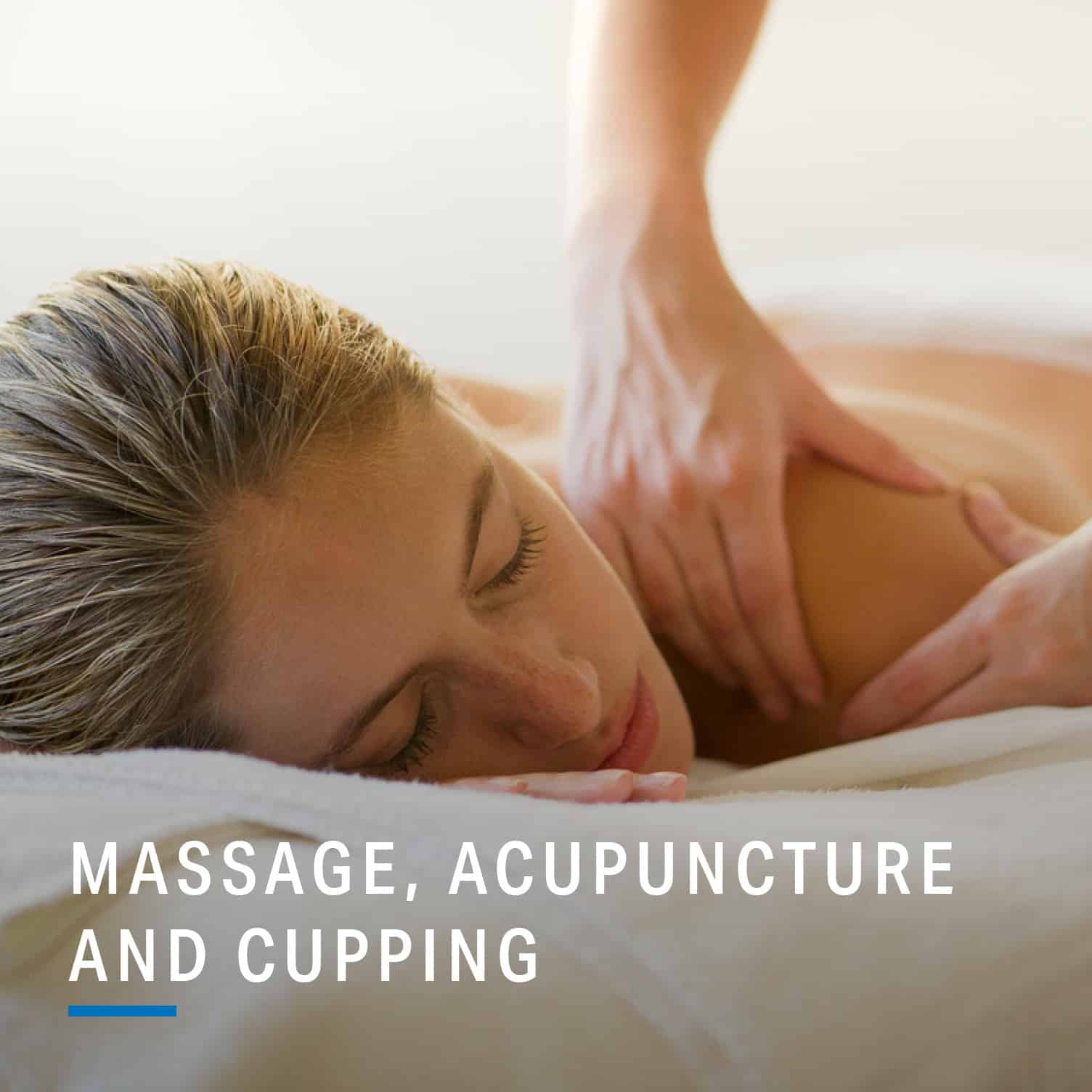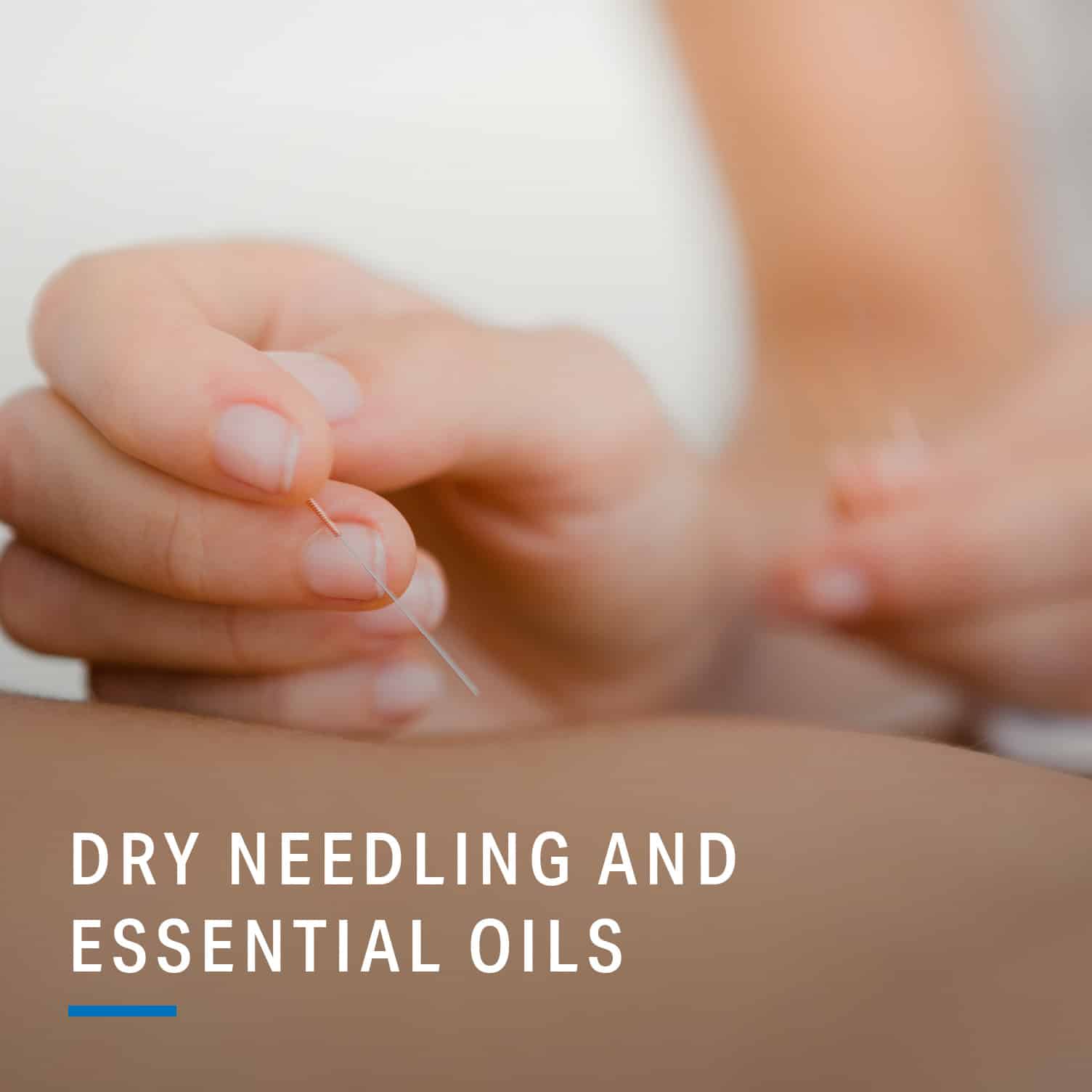Post-workout recovery has become a buzzy topic, with new recovery methods being touted as the “next best thing” all the time. There’s a pretty good reason for that: “You should recover just as hard as you train, if not harder,” explains Matt Pippin, a certified strength and conditioning specialist and owner of Pippin Performance. “If you recover more today, then you can train harder, longer and with a reduced chance of injuries tomorrow.”
Increasingly, people who perform at a high level (like expert trainers) are beginning to see recovery as something more than just taking rest days every now and then. “Recovery is how our body repairs itself after handling stress, whether it be physical, emotional or psychological,” Pippin explains. It makes sense then that top trainers adopt some pretty unconventional (and sometimes alternative) recovery methods — ones that go way beyond the typical foam rolling, drinking plenty of water and stretching.

Three to four minutes of cryotherapy does the trick for Rob Solly, a U.K.-based trainer. While the science on these super cold treatments is still a bit iffy in some experts’ eyes, others believe it has similar effects to icing sore muscles — on a supercharged level. For his part, Solly definitely feels the effects: “It helps improve my sleep, manages inflammation, brings much-needed oxygenated blood to peripheral regions such as fingers and toes.”
“Exposing yourself to the cold is a mental challenge, too. I go colder than a cold shower or ice bath (-240ºF) so mentally, I think I can go further as I’ve recovered on another level than most.”

CBD is incredibly trendy right now, and many believe it has recovery benefits. “I use it primarily for its anti-inflammatory properties, as well as stress relief and helping with my sleep,” says Mike Kneuer, a certified personal trainer.
Kneuer is also a fan of Epsom salt baths. ”The day after a tough leg day, I will usually have a 20–30-minute soak in a hot Epsom salt bath. Epsom salts are a form of magnesium, which has both muscle relaxing and anti-inflammatory effects. It is also one of the most relaxing parts of my day and helps calm my mind.”

Many fitness experts’ preferred recovery practices utilize the mind-body connection. Sensory deprivation tanks, one of Pippin’s favorite recovery tools, look like little pods — and they’re filled with salt water. You lie inside and float in total darkness for a period of time, usually 15 minutes to an hour. “These tanks allow you to ‘unplug’ from all of the stimuli of the day while floating in salt water to promote relaxation and recovery,” he explains. Pippin likes to combine this technique with mindfulness. “Ten minutes of meditation and breathing allows you to restart your battery.”

“For recovery, my ultimate treatment is a combination of massage, acupuncture and cupping,” explains trainer and wellness expert Adita Lang. “Honestly, the therapies can feel painful at the moment, but they open up the muscle tissue to receive more oxygen, speed up recovery and the end result is absolutely amazing.”
Research on cupping and acupuncture, both methods that come from Traditional Chinese Medicine, is not definitive in terms of efficacy. Anecdotally, many experience pain relief, better energy and more from these treatments. Massage has been validated as a legit recovery tool, and using it in combination with other treatments may make it even more effective. “This combination of therapies allows tight areas to release, overused areas to recover and blood flow to move with ease, leaving the body refreshed to do it all over again,” Lang says.

While some prefer cold therapy for recovery, others would rather heat things up. “When our bodies get hot, our blood vessels dilate and circulation increases dramatically,” says Tony Carvajal, certified CrossFit trainer with RSP Nutrition. “This massive increase in blood and oxygen nourishes the body and speeds up its natural healing processes. This is incredibly important if you’re training for an event, extra sore from a workout or recovering from an injury. “Twenty-five to 35 minutes in the sauna post-training at 185–190ºF helps speed my recovery and improve circulation. I usually do this 3–4 times per week.”

“Although I am a firm believer in foam rolling, I also have dry needling procedures done for my recovery,” says Kailee Olson, a certified personal trainer. Dry needling uses needles similar to the ones used in acupuncture, but instead of leaving them inserted for a period of time, each needle is moved around inside a muscle that’s experiencing tightness to release it. People often feel a “twitching” sensation inside the muscle and then feel it relax.
“I also have a selection of essential oils I rely on to help relax tired, overworked and sore muscles and joints,” Olson says. Lavender and eucalyptus oil have been shown to help reduce muscular pain and inflammation.




